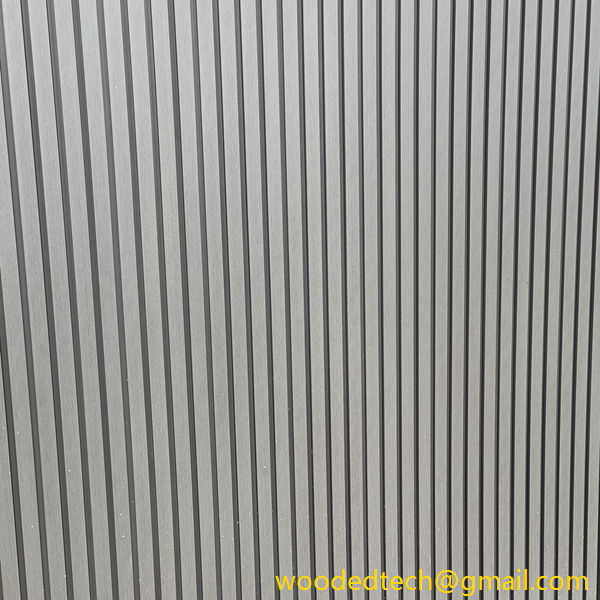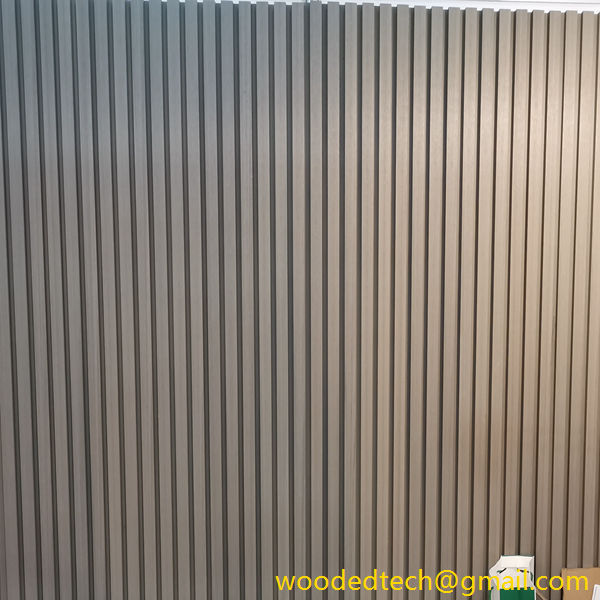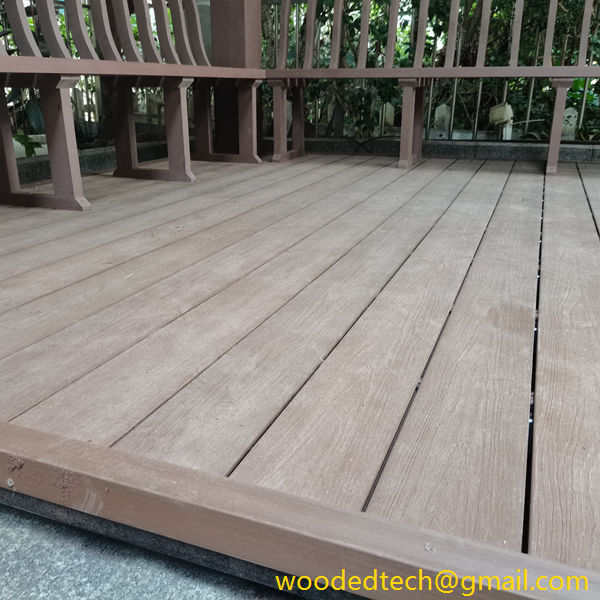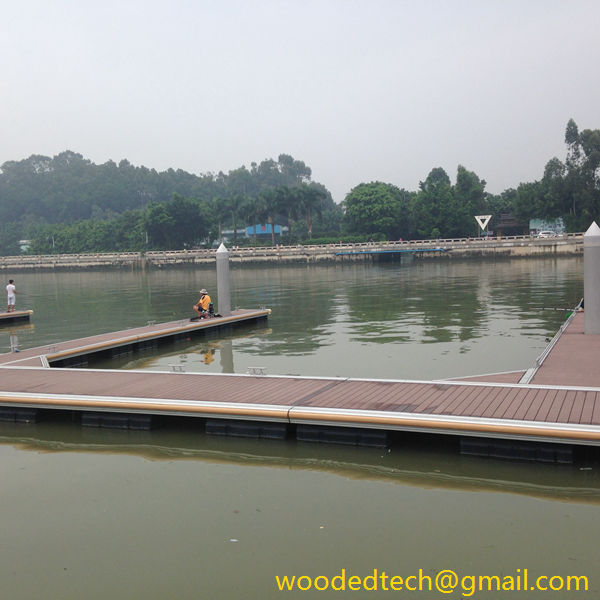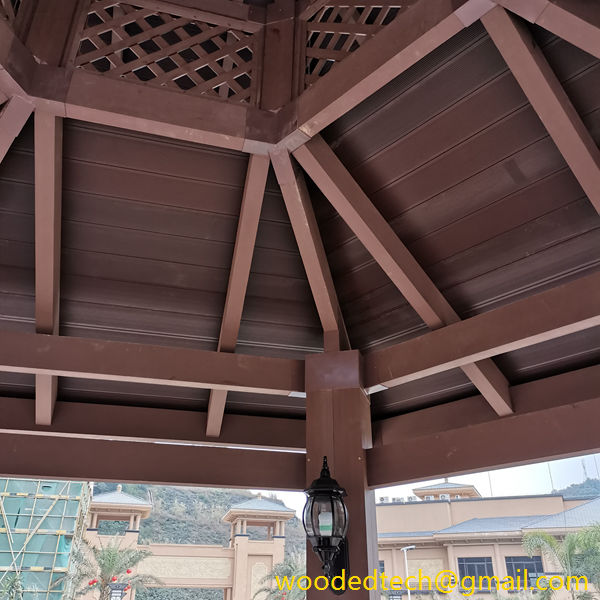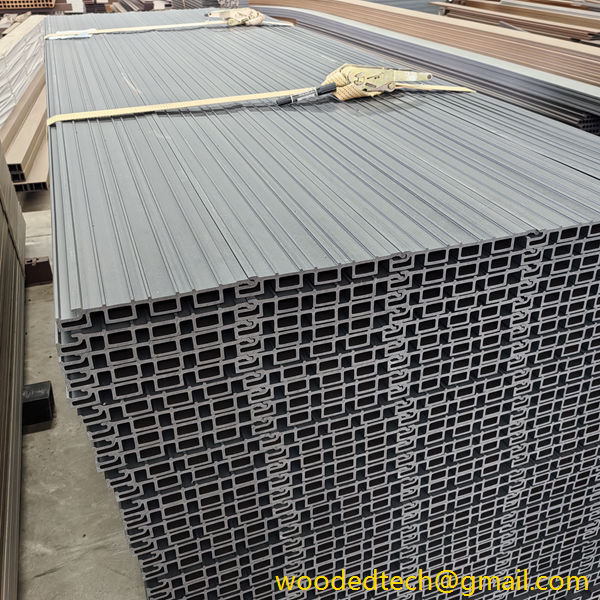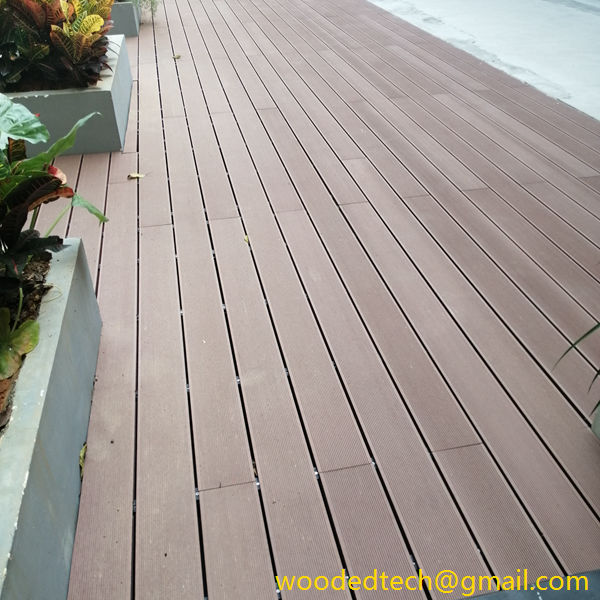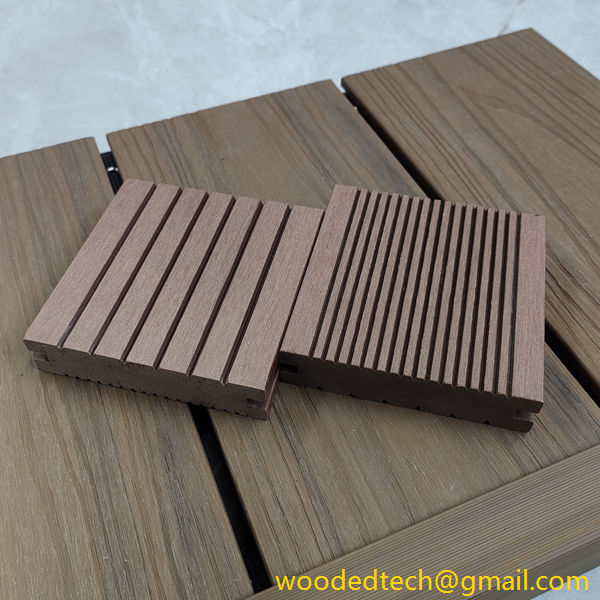Exploring WPC Wallpanel for Modern Interior Design
Exploring WPC Wallpanel for Modern Interior Design In the realm of contemporary interior design, the materials we choose play a pivotal role in defining aesthetics, functionality, and sustainability. One material that has gained significant attention in recent years is Wood-Plastic Composite (WPC). WPC wall panels are emerging as a favorite among designers and homeowners alike,…
Exploring WPC Wallpanel for Modern Interior Design
In the realm of contemporary interior design, the materials we choose play a pivotal role in defining aesthetics, functionality, and sustainability. One material that has gained significant attention in recent years is Wood-Plastic Composite (WPC). WPC wall panels are emerging as a favorite among designers and homeowners alike, thanks to their excellent material performance and versatility. This article delves into the characteristics, benefits, and applications of WPC wall panels within modern interior design.
WPC is a composite material made from a combination of wood fibers and plastic. This unique blend offers the warmth and natural appearance of wood while incorporating the durability and low maintenance features of plastic. The manufacturing process of WPC involves extruding wood fibers and thermoplastics together, resulting in a material that is not only strong and resilient but also lightweight and easy to install.
One of the most alluring aspects of WPC wall panels is their aesthetic versatility. Available in a wide array of colors, textures, and finishes, WPC panels can mimic the look of natural wood, stone, or even concrete. This adaptability allows designers to achieve various interior styles, from rustic to modern minimalist. The ability to customize WPC panels to fit specific design themes makes them an attractive option for both residential and commercial spaces.
WPC wall panels excel in durability, making them suitable for high-traffic areas and environments subject to moisture, such as bathrooms and kitchens. Unlike traditional wood, WPC is resistant to warping, cracking, and splitting, which can significantly extend the lifespan of interior surfaces. Additionally, WPC does not suffer from termite infestations or fungal growth, further enhancing its longevity. This durability means that homeowners and designers can invest in WPC wall panels with confidence, knowing that their aesthetic integrity will be maintained over time.
In today’s fast-paced world, low maintenance solutions are highly sought after. WPC wall panels require minimal upkeep compared to traditional wall treatments. They do not need regular painting or staining, and cleaning them is as simple as wiping them down with a damp cloth. This ease of maintenance allows homeowners and designers to focus on enjoying their spaces rather than spending excessive time on upkeep.
Sustainability is an increasingly important consideration in modern design. WPC wall panels are often manufactured from recycled materials, including reclaimed wood fibers and post-consumer plastics. This eco-friendly characteristic aligns with the growing trend towards sustainable living. By choosing WPC panels, designers can contribute to reducing waste and promoting responsible consumption. Furthermore, the production of WPC generally requires less energy and fewer resources than traditional wood processing, making it a more sustainable choice overall.
In addition to their visual appeal and durability, WPC wall panels offer excellent sound and thermal insulation properties. The composite nature of WPC helps to dampen sound, making it an ideal choice for spaces that require acoustic comfort, such as offices, conference rooms, or home theaters. Moreover, WPC panels can also help regulate indoor temperatures, contributing to energy efficiency. This feature is particularly valuable in modern design, where energy conservation is a priority for both environmental and economic reasons.
The installation process of WPC wall panels is relatively straightforward, which can significantly reduce labor costs and project timelines. Many WPC products come with interlocking systems or pre-drilled holes, allowing for quick and hassle-free installation. This ease of installation makes WPC an appealing option for DIY enthusiasts and professionals alike. Whether creating a feature wall in a living room or cladding an entire office space, WPC panels can be installed efficiently and effectively.
WPC wall panels are versatile and can be used in various applications within modern interior design. They are ideal for accent walls, where their aesthetic qualities can be showcased. Additionally, WPC panels can be used to create partitions or room dividers, providing both functionality and style. In commercial settings, WPC panels can enhance the branding and atmosphere of a business, from restaurants to retail spaces.
WPC wall panels are an innovative solution for modern interior design, combining aesthetic appeal, durability, low maintenance, sustainability, and ease of installation. Their versatility allows designers to explore various styles while ensuring that their choices are practical and environmentally conscious. As the demand for sustainable and high-performance materials continues to grow, WPC wall panels stand out as a smart choice for those looking to enhance their interiors. Whether for residential or commercial use, WPC panels present an exciting opportunity to create beautiful, functional, and lasting spaces.

